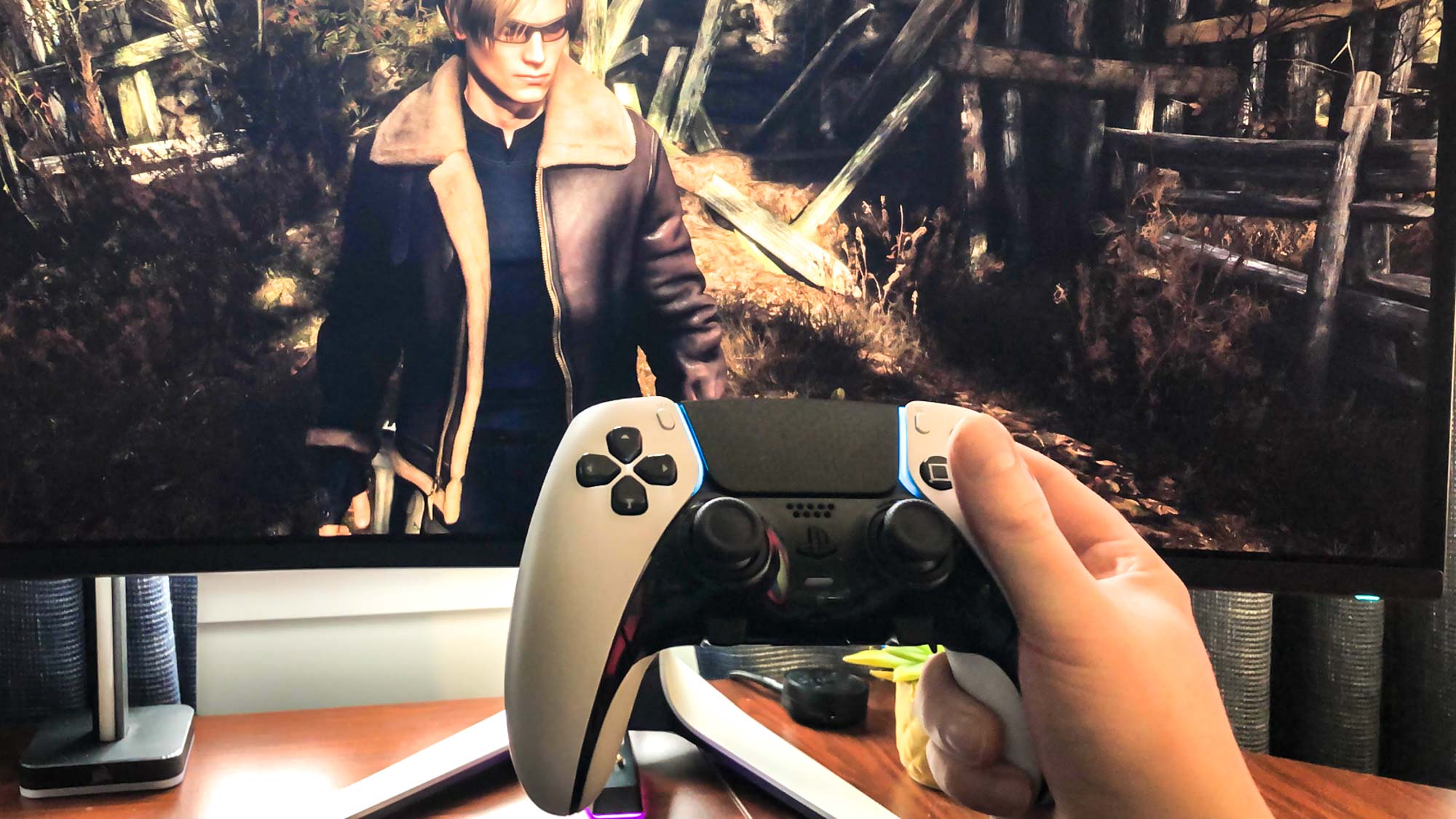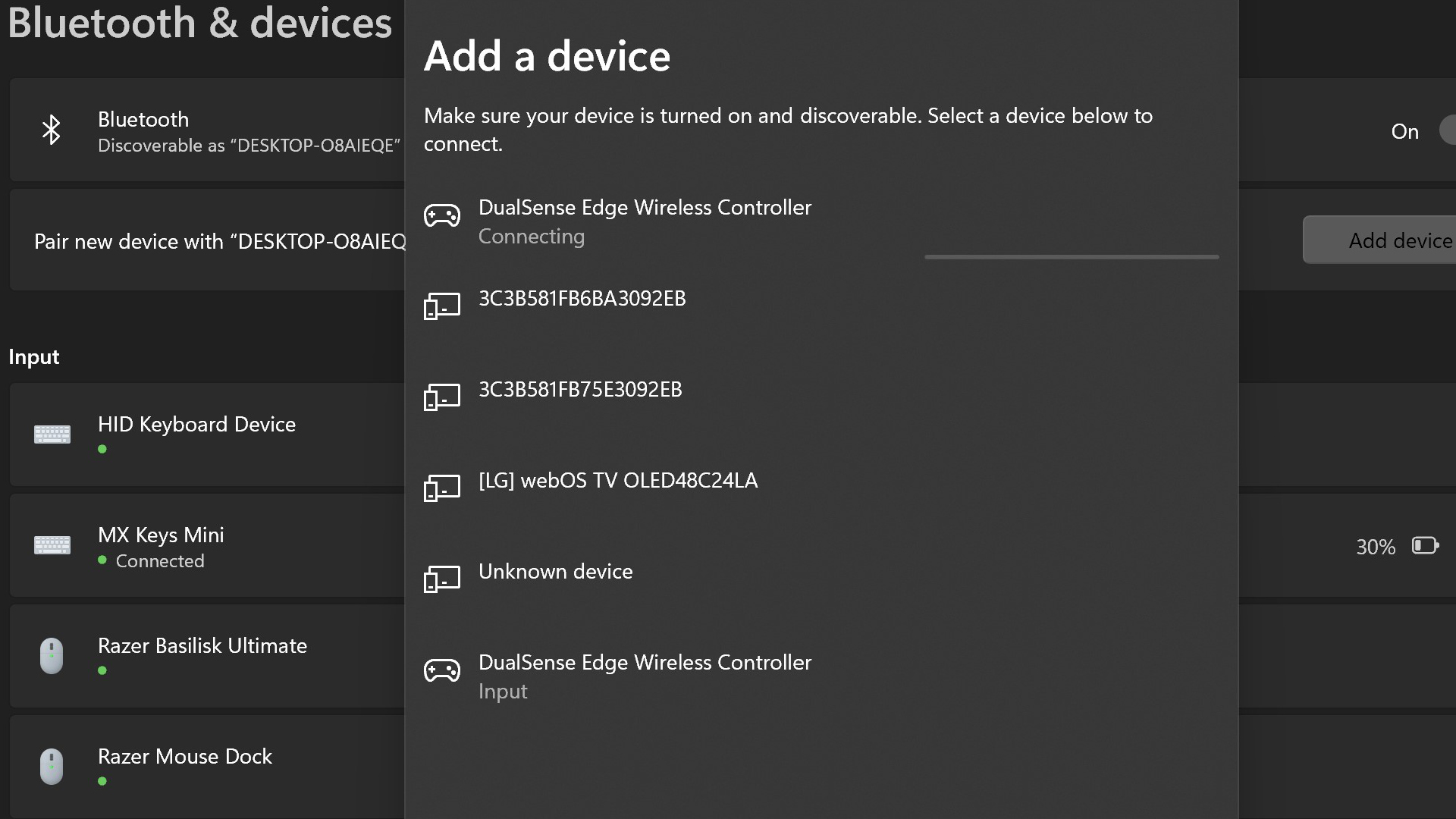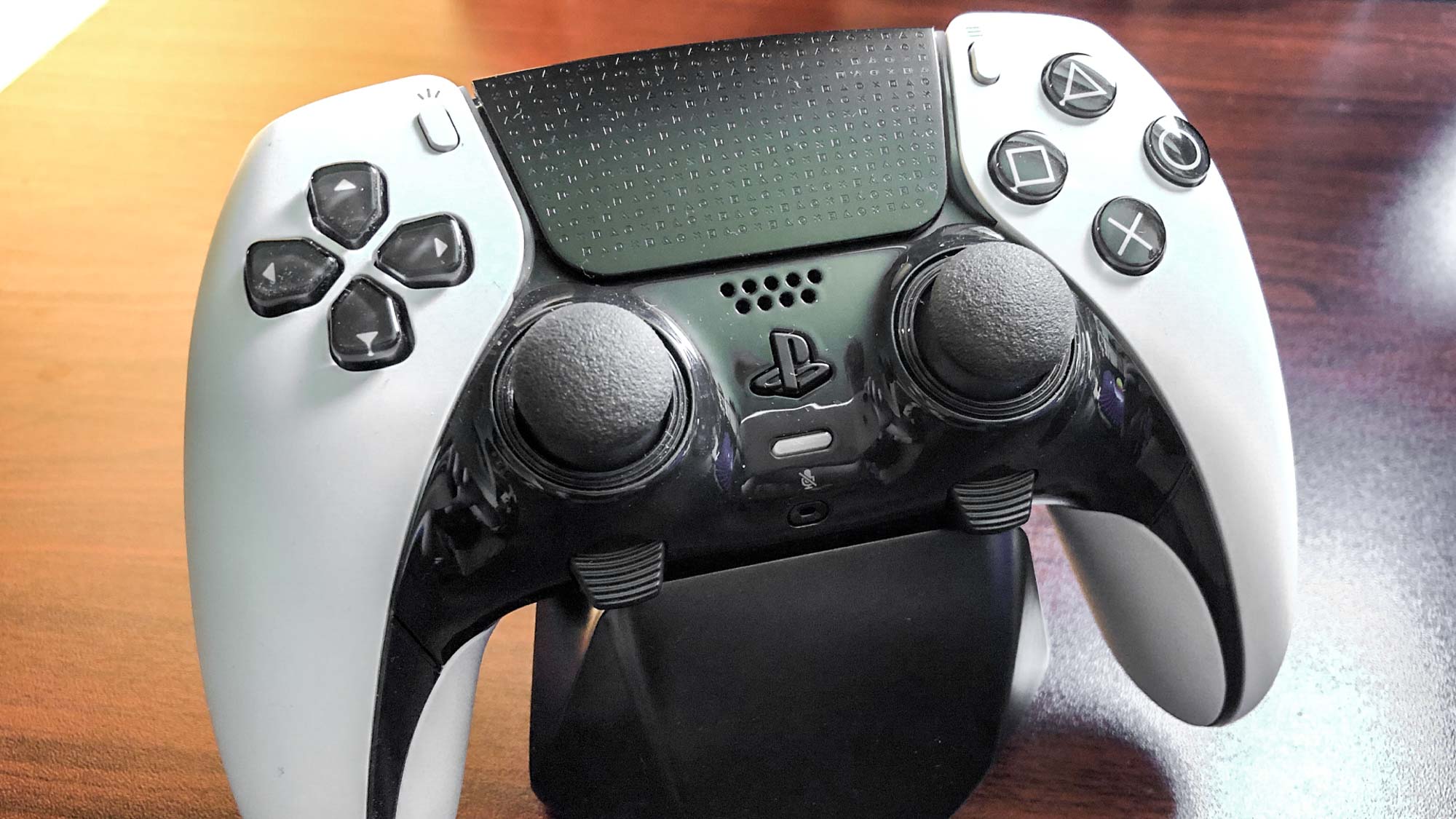I just found my favorite PC gaming controller — there's just one problem

The DualSense Edge is an excellent controller… that’s in no way worth its price tag. Sony’s premium PS5 gamepad retails for $200, making it more expensive than even the brilliant but pricey Xbox Elite Wireless Controller Series 2.
Yet despite it offering questionable value for the money, I still (mostly) love using it for both PS5 and PC gaming.
My relationship with the DualSense Edge is very much Jekyll and Hyde. I bought the controller shortly after launch, and after immediately falling in love with its back buttons and customizable triggers, I realized I was never going back to the regular PS5 DualSense.
Of course, this turned out to be nonsense. Just a few days after buying the DualSense Edge, it was quickly apparent that my standard PS5 controllers would still be forced into regular rotation. That’s because — and there’s really no polite way to frame this — the Edge’s battery absolutely sucks.
The vanilla DualSense is one of the best gamepads Sony has ever made, but it also has a significantly shorter battery life than its predecessor, the PS4’s DualShock 4. Perhaps the blame lies with the controller’s adaptive triggers or haptic feedback. Whichever way you slice it, Sony’s official PS5 gamepad usually runs out of juice after six or seven hours.
The DualSense Edge's battery absolutely sucks.
Amazingly, the DualSense Edge is even worse in the battery department. Despite it costing almost four times more than its cheaper sibling, my experience with the Edge points to a controller that needs to be recharged every five hours. For added (and embarrassing) context, Microsoft’s Xbox Wireless Series Elite 2 can normally go for 40 hours between charges.
Part of the problem might stem from the fact the DualSense Edge packs a smaller battery than the regular DualSense. While the normal PS5 pad has a 1,560 mAh battery, the Edge is limited to a smaller 1,050 mAh power pack.
Get instant access to breaking news, the hottest reviews, great deals and helpful tips.
That may not read like much of a downgrade, but after a month of day-to-day use, I can easily confirm the DualSense Edge runs out of steam more quickly than its little brother.
How to set up the DualSense Edge on PC

With that said — and excuse the semi-painful segue — the DualSense Edge is great to use when playing the best Steam games. Following recent patches, Sony’s premium gamepad now pairs nicely with my Windows 11 PC.
To wirelessly connect the Edge to your PC, simply go to Settings > Bluetooth & devices > Devices > Add device. From there, it’s a case of holding the controller’s PS and Create buttons at the same time until the touchpad starts to blink. This is the same pairing process as the regular DualSense, and though it can be a little finicky at times, connecting my Edge to my PC generally works without any issue.
The main reason I prefer the DualSense Edge to the Xbox Wireless Series Elite 2 is mainly down to the shorter travel of its face buttons. I still dovetail between using both on PC because of the former’s aforementioned battery issues, but I generally prefer the weight and stick placement of the Sony controller.
I’ve spent about a dozen hours playing through the amazing Resident Evil 4 remake on Steam with the DualSense Edge, and it’s been a terrific experience. Not all PC platforms are as friction-free as Valve’s storefront, though.
I’ve had issues with both Returnal and The Last of Us Part 1 on the Epic Games Store, which is weird when you consider both games are former PS5 exclusives.
Edged out

My problems with the Edge in these titles have manifested as twitchy, overly sensitive camera panning. Maybe these compatibility issues can be explained by the fact that Sony’s gamepad has only been on sale for a few short months, but it’s annoying nonetheless.
Generally speaking, I’ve had a really good time using the Edge for PC gaming. I love its form factor. I prefer its buttons and those optional back paddles come into their own in games like Elden Ring where panning the camera and dodging with the Circle button on a regular DualSense can feel awkward.
There’s really no defending that battery life, though. It might be my new favourite gamepad, but a $200 peripheral that needs to be charged every five hours really isn’t good enough.
I’m still going to keep using the DualSense Edge on both my PC and PS5 going forward, yet as soon as Sony (hopefully) releases a future revision, I’ll be upgrading in a flash.
More from Tom's Guide
- The DualSense Edge is Sony's answer to Microsoft's Elite controller
- These are the best PS5 games in 2023
- PS5 DualSense is one of the coolest controllers ever made

Dave is a computing editor at Tom’s Guide and covers everything from cutting edge laptops to ultrawide monitors. When he’s not worrying about dead pixels, Dave enjoys regularly rebuilding his PC for absolutely no reason at all. In a previous life, he worked as a video game journalist for 15 years, with bylines across GamesRadar+, PC Gamer and TechRadar. Despite owning a graphics card that costs roughly the same as your average used car, he still enjoys gaming on the go and is regularly glued to his Switch. Away from tech, most of Dave’s time is taken up by walking his husky, buying new TVs at an embarrassing rate and obsessing over his beloved Arsenal.
